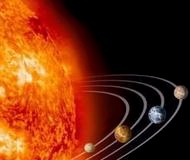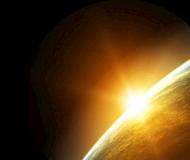
|
|||
| Contents | Prev | Next | |
![]()
7. The Source of Waters in the World Oceans
"More massive stars begin a further series of
nuclear burning or reaction stages. The elements formed in these stages range
from
oxygen through to iron."
sciencelearn.org.nz
universetoday.com
"Astronomers have detected a massive
cloud of water vapor around an aging star."
science.nasa.gov
Water = oxygen + hydrogen, chemical elements manufactured inside dying stars.. Oxygen is the third-most abundant element in the universe, because the universe contains a lot of stars.
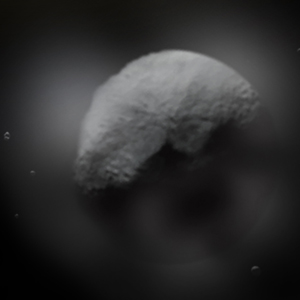
Water in the asteroid belt: "Dwarf planet Ceres in asteroid belt may contain more freshwater than Earth" (rawstory.com)
Ceres is an icy object; with a diameter of about 950 km; orbiting in the outer edge of asteroid belt; far away from the sun heat. It is very likely a rock with water ice building on it.
Every single object orbits in the asteroid belt in the present time gives an
idea about an attribute of the original object that used to exist there in the
past, and Ceres is no exception. It is a leftover sign indicating that the
object that used to be there was a generator of oxygen and water.

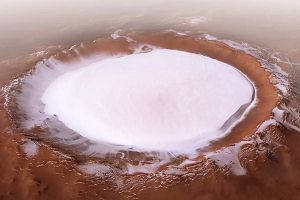
Water on Mars: "The only place where water ice is
visible at the surface is at the north polar ice cap.
Abundant water ice is also present beneath the permanent carbon dioxide ice cap
at the Martian
south pole and in the shallow subsurface at more temperate
conditions. More than 21 million km3 of
ice have been detected at or near the surface of Mars, enough to
cover the whole planet to a depth of 35 meters (115 ft).
Even more ice is likely to be locked away in the deep subsurface."
wikipedia.org
The quote above says that the water ice on Mars is found in two places, at
the north pole and at the south pole. The amount of ice in these two places only
is enough to cover the whole planet to a depth of 35 meters.. The northern polar
cap has a diameter of 1000 km, and the southern polar cap has a diameter of 400
km, so the total is 1400 km only. The whole planet shows traces of flowing
water, which means that this amount of water ice, that is found in two places
only, was in every part of the planet, on the assumption that this amount hasn't
changed, which is unlikely the case. What was the source of it? The planet
itself? No, the picture of the ice crater above says it all. All of it came to
the planet from an external source, a very close source, otherwise the water ice
would have stayed in a colder place, for example, around Neptune; heat flows
from a hot to a cold body, not the other way around.
Life on Earth: Before the addition of the ocean waters, Earth had some form of primitive life, started in the Cambrian period.
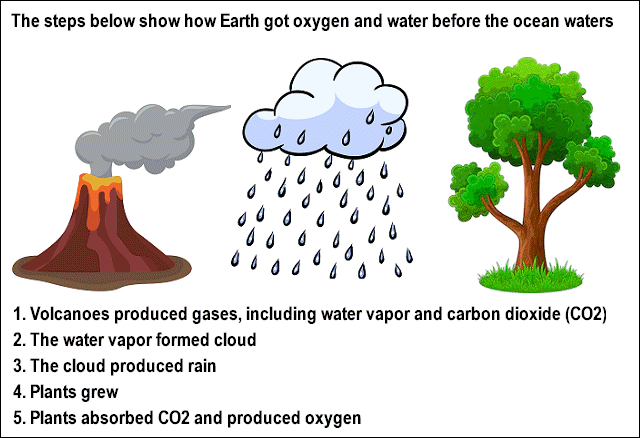
The steps mentioned in the picture above are also happening now; so there is no reason to assume a different way for the same things that are happening today in a certain way.
"Superheated water vapor is the most common gas
released during volcanic eruptions... Carbon dioxide is the second most
abundant gas released from volcanic eruptions."
sciencing.com
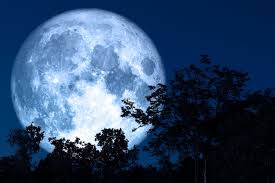 We have seen in the section about the formation of the
solar system
that the moon's initial position was the first planet next the Sun, and then
shifted.
We have seen in the section about the formation of the
solar system
that the moon's initial position was the first planet next the Sun, and then
shifted.
It is very possible that the moon has come to orbit Earth at this time (in the Cambrian period) and caused the dynamic effects that forced the water to come close to the surface of Earth, in the upper part of the Earth's mantle.
When the water vapor came close to the upper part of the Earth's mantle, it started to come out from volcanic eruptions and forms clouds and then rain.
A sudden appearance of life means a sudden change of a normal process, otherwise life would have started gradually. So a major factor must have been inserted suddenly in the equation of Earth that produced a different result.
The moon may also be a major factor in volcanic eruptions.. Many studies have been conducted to see whether or not the moon is causing volcanoes on Earth, but they didn't find any direct relation.. It could be an indirect factor; the moon is one factor, when it is combined with one or more other factors, a volcanic eruption takes place.
The Moon of Jupiter Io: Studies have shown that the gravity of Jupiter and the moon Europa are causing volcanic eruptions on the moon Io: "Its hundreds of volcanoes are caused by heat coming from the gravitational push and pull between Jupiter and the nearby moon Europa." (space.com)
The case of the moon Io shows that volcanoes are caused by external factors; the Earth is no different. If they couldn't find a relation on Earth, it doesn't mean the relation doesn't exist. It simply means they couldn't find it.
But how Earth got that small amount of water that started life with it before the ocean waters?
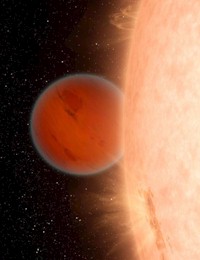
In the section about the solar system formation we assumed that all planets were initially in a gas form, in the size of Neptune, based on observations of gas planets orbiting their stars very closely.
The solar system planets that were orbiting the sun very closely have been converted into terrestrial planets by the sun, and the other planets remained in a gas form.
The farthest planet from the sun is Neptune, and it is the least affected by gases from the second sun; so if we take it as an example of an undeveloped planet, that will help us understand the mixture that makes up planets.
"Neptune is very similar to Uranus. It's made of
a thick soup of water, ammonia, and methane over an Earth-sized solid
center. Its atmosphere is made of hydrogen, helium, and methane. The methane
gives Neptune the same blue color as Uranus."
solarsystem.nasa.gov
No one has gone inside Neptune to see what is there. Everything that is said
about the internals of planets other than Earth is theoretical, but if the
theory about Neptune is correct, or partially correct, this applies to all
planets, and based on this we can conclude that Earth had some amount of water
since the time when it was born in a gas form.
![]()
| The full report in a single page | ||
| Contents | Prev | Next |
